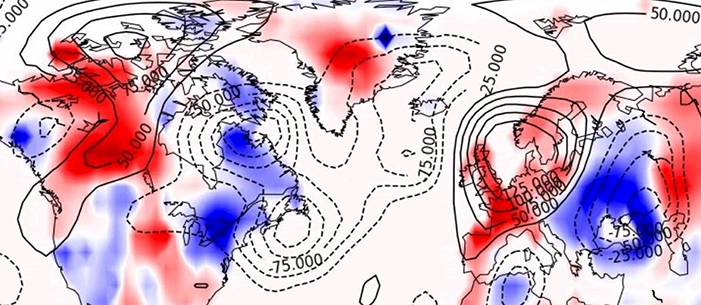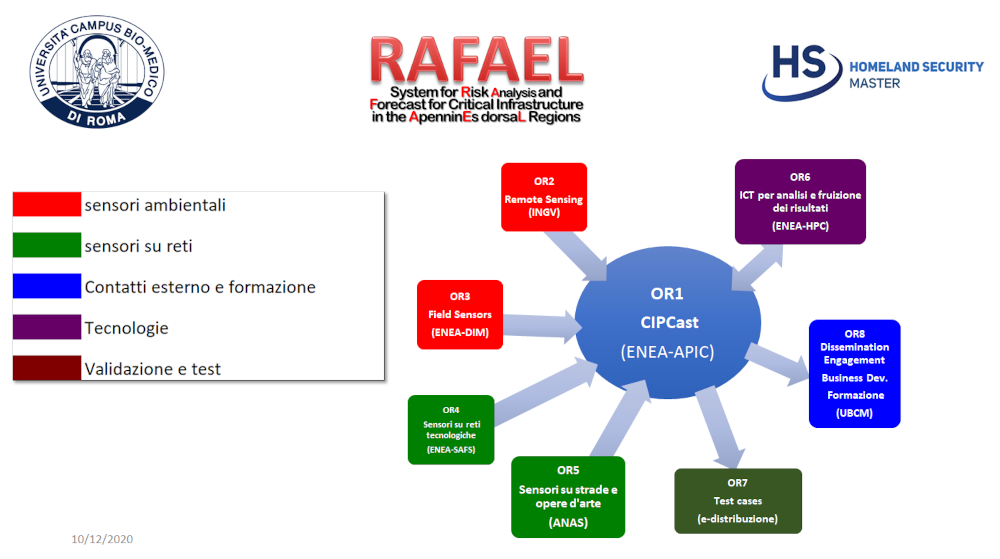I do not think one should dialogue with those who deny climate change, but democracy dictates that one should respect everyone’s opinion. At the same time, it is undeniable that something is changing about global warming, which accentuates natural disasters, putting our lives and the environment around us at significant risk. The heat waves have hit the Mediterranean area, triggering a chain of fires that have devastated the Greek islands of Rhodes, Corfu and Euboea, as well as Sicily, in particular the cities of Catania and Palermo, not to mention the thunderstorms and hail that have hit Milan and various other parts of northern Italy, is yet another demonstration of an ongoing trend that forces us to act. And to do it quickly.
In a contemporary society enslaved to consumerism and distorted capitalism, a narrow band of rich people continue to get richer. In contrast, most poor people and families continue to get poorer. It is clear that common sense is lacking and cannot help us make up for lost time. That is the high level of pollution and waste with which human beings continue to damage the environment. The solution that remains is to try to make up for it by anticipating, that is, by trying to foresee where, when and how a natural disaster might occur to intervene before it does to limit its impact in terms of death and destruction. This is where artificial intelligence and projects based on it that can help prevent natural phenomena come into play.
The Rafael project
Analysing a massive amount of information to observe data in real-time, gaining insights, creating models and learning from historical context to make accurate predictions is the advantage that artificial intelligence provides. This is the basis on which practical projects are born to act in a predictive manner regarding natural phenomena. One of the most recent is Rafael, an Italian partnership between researchers from ENEA, Bari Polytechnic and Roma Tre University, which aims to ensure a stable and continuous energy supply during peak demand in large cities, especially in summer, when temperatures constantly exceed 40°C. This is a much-needed solution against heat waves and to minimise possible electricity blackouts.


The researchers started by analysing data from a large electricity grid in southern Italy, including information on outages recorded between 2015 and 2020. They trained the algorithm by adding ambient temperature and humidity. Thus, models of energy demand and average electricity consumption were drawn up, with an initial snapshot providing a glimpse of the network’s vulnerabilities on which to intervene. Thanks to AI systems, the data analysis made it possible to identify patterns and correlations useful for discovering imminent risk scenarios and potential failures, which mainly affected joints and cables. These elements suffer the most from heat waves.
By combining prevention and maintenance, the developed predictive model will help the grid operator take corrective measures, such as preventive maintenance operations or redistribution of electricity to avoid overloading, prevent damage to infrastructure and reduce inconvenience for citizens and businesses. It all sounds too easy; in fact, it is not difficult. We need to speed up and multiply this type of initiative because the alternative is to suffer and watch helplessly as catastrophes recur.
Forecasts up to one month before the heat waves
Last March, the Intergovernmental Panel on Climate Change (IPCC), a UN-backed body of climate scientists, declared that more than one hundred years of burning fossil fuels has led to a global warming of 1.1°C compared to pre-industrial levels, fostering more frequent and more intense extreme weather events in every region of the world. Additionally, almost half of the world’s population lives in areas highly vulnerable to climate change, where deaths from floods, droughts and storms have increased 15-fold in the last decade.
This scenario helps to understand how important it is to remedy the situation because AI can predict heatwaves up to a month before they arrive. This is claimed by a team of French scientists led by the ENS Physics Laboratory in Lyon, who started by analysing soil moisture and the state of the atmosphere.
The algorithm used a model developed by the University of Hamburg that contained 8000 years of meteorological data to train and predict probable events. Without going into technical details, the study made it possible to validate the predictive capabilities of neural networks for heat waves that can hit France and last up to 14 days.

Google bets on trees
More trees in the city lower the temperatures of streets and buildings that release the heat they absorb into the surrounding environment, causing heat islands. This is the solution targeted by Tree Canopy, a Google project that is part of the broader Environmental Insights Explorer plan, which looks like a clone of Google Maps for heat waves. Combining aerial imagery and artificial intelligence, it offers an easy-to-interpret picture of tree cover in urban areas, facilitating forestation initiatives and showing which areas need priority action.
The Austin city administration has used this tool to prioritise tree planting in vulnerable areas of the city and to position bus shelters to increase shade. In Lisbon, on the other hand, local institutions are using Tree Canopy to inform citizens about sustainability policies, environmental management and city planning.

How Tree Canopy can fight heat waves
Another remedy devised by Google for those seeking information online about heat waves is the themed alerts introduced in Search. Thus, when a user searches for details on the search engine, they will get information on the forecasts for the start and end of the wave, with relevant advice in case of discomfort or health problems. Ensuring the accuracy of the data is the partnership that Big G has signed with the Global Heat Health Information Network, an independent and voluntary network of scientists and practitioners promoting research to reduce the risks to human health associated with rising ambient heat.
The projects described show that AI is a technology to focus on to arrive at potentially effective systems in the short term, through which we can predict and thus prepare for and overcome natural disasters. Provided that institutions and big companies agree to invest money in this direction. Looking at the state of the planet, it would be a good idea to set a percentage of turnover that public bodies and big tech should allocate to studies and projects to find practical solutions for the environment and a more sustainable lifestyle.



